Basic knowledge of flowering
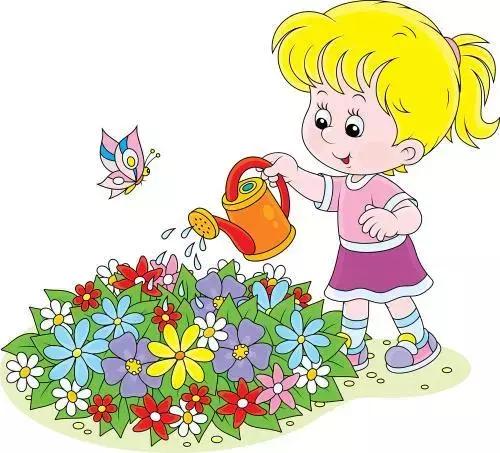
With the continuous improvement of people's living environment, the continuous improvement of living standards and taste, the limited building space and the busy and fast-paced modern life make people pursue the pastoral scenery even more. The use of living rooms and balconies to grow flowers and grass, potted plants and green plants to regulate mood, self-cultivation and create some cultural and artistic atmosphere for life has become a new fashion of urban life. However, it is not easy to grow flowers at home. People often encounter problems in the process of growing flowers because of the lack of necessary knowledge and experience of growing flowers, and they have a deep feeling of "planting flowers without living". Below we will introduce you some basic knowledge of flower cultivation, hoping to be helpful to you.
01
Understand the habits of flowers and plants
According to the growth habits and morphological characteristics of flowers, they can be divided into herbaceous flowers, woody flowers, succulent flowers and aquatic flowers. All kinds of flowers vary greatly in sunlight, moisture and temperature. So before buying flowers, you should know whether the flowers you want to buy have a suitable growth environment, for example, if you are on the north balcony, with little light, you are not suitable for flowers that like the sun, otherwise they will not grow well and bloom very little.
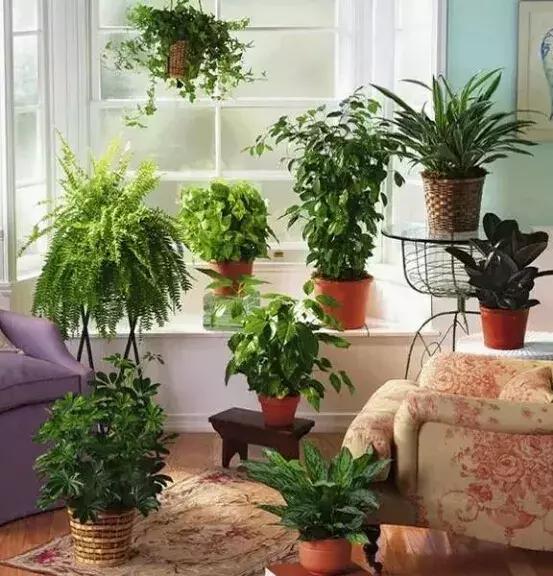
Most flowers and fruits are positive flowers, such as Magnolia, rose, pomegranate, plum blossom, crape myrtle, citrus and so on. There are also a few positive flowers in foliage flowers, such as cycads, palms, variable-leaf trees and so on. Most aquatic flowers, cacti and succulent plants are also positive flowers. All positive flowers like strong light and are not resistant to shade. If the sun is insufficient, it is easy to cause the branches and leaves to grow, the tissue is soft and weak, the leaf color becomes pale and yellow, it is not easy to blossom or is not good, and is vulnerable to diseases and insect pests.
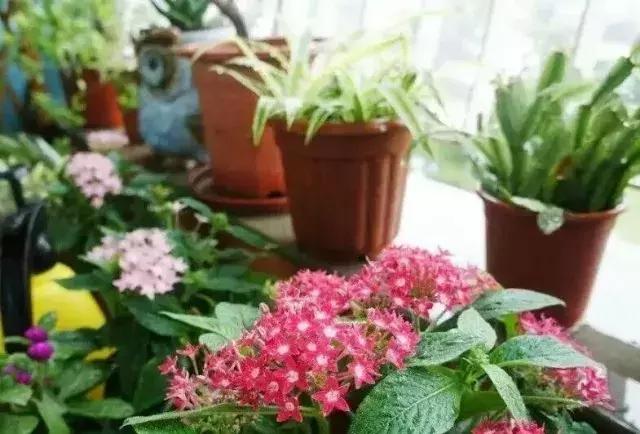
Asparagus, camellia, rhododendron, hairpin, green pineapple and other flowers grow well in shaded environment. Sweet-scented osmanthus, jasmine, magnolia and eight immortal flowers belong to neutral flowers, which grow well under the condition of sufficient sunshine, but should be shaded when the light intensity is strong in summer.
In addition, it is also necessary to know whether flowers like water and fertilizer, what is the frequency of watering and fertilization, and what is the appropriate curing temperature in summer and winter? Florists are required to do their homework.
02
Selection of basin
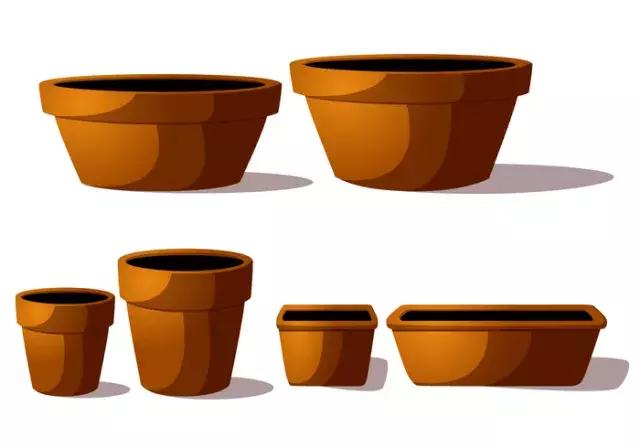
The purple sand basin has beautiful appearance and atmosphere, but the drainage permeability is lower than that of the pottery basin, and the price is higher. The appearance of the porcelain basin is very beautiful, but the price is high and the drainage and air permeability is very poor. The price of plastic basin is cheap, but the drainage and air permeability is very poor. In the dry areas of the north, it is easy to become weathered and brittle after a long time. Wooden pots are suitable for planting large foliage plants, which can be placed in large halls and courtyards. The bottom of the aquaculture basin has no drainage hole, so it is a special potted plant for aquatic flowers. Flower friends can buy flowerpots according to their actual funds and types of flowers and plants.
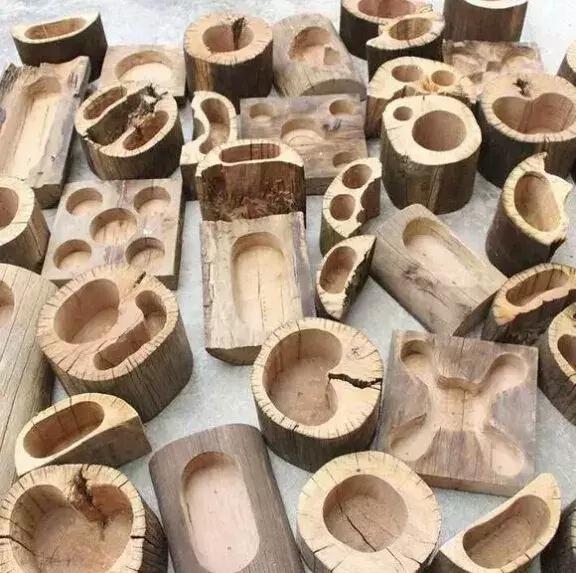
03
Flower selection
As the saying goes, "the elegant room does not need to be big, the fragrance of flowers is not much." Put some flowers and plants indoors, with green leaves and flowers, evergreen all the year round, it is really full of spring and vitality. Family planting and cultivation of flowers, generally based on potted plants. Due to the limitations of the conditions, do not plant too much, 10-15 pots is suitable. The selected flowers had better be foliage flowers, flowering flowers, fruit flowers, fragrant flowers, ornamental flowers and so on, so that the varieties will be rich and diverse. The number of family flowers should be small but good, and the selection of varieties should be reasonable according to the family's environmental conditions and personal preferences.
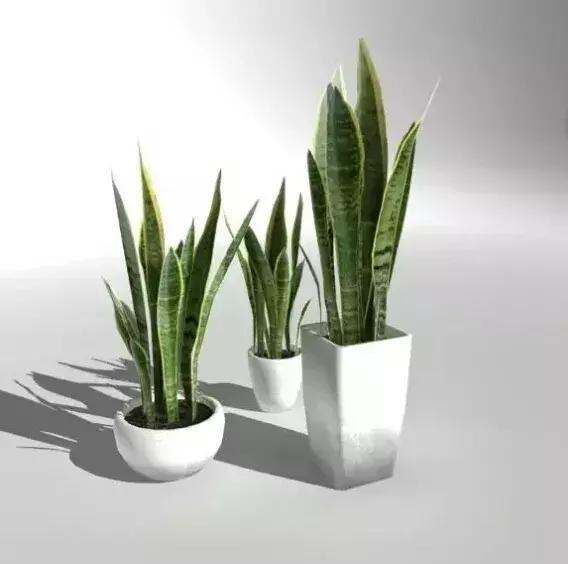
When beginners choose and buy flowers, it is best not to buy flower seedlings, nor do they use seeds to raise seedlings, because it is difficult to maintain, it is best to choose finished potted plants. Should choose the plant shape is correct, the leaf color is thick green lush and shiny, the leaf does not have the macula, the disease spot. Even a spot the size of a rice grain may eventually develop to the whole plant.
When a novice buys flowers, you can first try some varieties that are easy to feed. On the one hand, the price is relatively low; on the other hand, it is easy to feed and raise well, which can cultivate confidence. Can raise some hanging orchid, aloe, tiger tail orchid, cactus, green apple, rose, longevity flower, daffodil, marigold, petunia, impatiens, carnation, Milan, jasmine, crab claw orchid, pocket coconut and so on.
04
Matrix
General flowers and plants: the soil (or garden soil), rotten leaf soil or peat, river sand according to the volume ratio of 5:3:2, is a very appropriate proportion for general flowers and plants.
Greenhouse flowers and plants: it can be prepared according to the volume ratio of field soil and rotten leaf soil at 2:3, or according to the volume of garden soil, rotten leaf soil and river sand at 2:2:1.
Woody flowers: prepared according to field soil and rotten leaf soil at 3:2.
Foliage plants: can be prepared according to the volume of garden soil, rotten leaf soil and river sand at 2:2:1.
Cactus: it can be prepared according to rotten leaf soil, river sand and carbonized rice husk at 2:7:1.
Soilless substrate cultivation formula: the difference between soilless cultivation and conventional cultivation is that plants are cultivated directly with nutrient solution without soil. In order to fix plants and increase air content, gravel, sand, peat, vermiculite, perlite, rock wool, sawdust and water moss are used as fixed substrates. Its advantages can effectively control the optimal requirements of temperature, water, light, nutrients and air in the process of flower growth and development. Because the soilless cultivation of flowers does not need soil, it can expand the planting range, accelerate the growth of flowers, improve the quality of flowers, save fertilizer and water, save manual operation, and save labor and cost.
Common recipes are: peat and fine sand 1:1, peat, coconut bran, fine sand: 1:1:1, peat, fine sand 3:1, peat, vermiculite 1:1, peat, perlite 1:1, peat, vermiculite, perlite 2:1:1. The above ratios are all volume ratios.
05
Watering method
Whether the watering amount of potted flowers can be timely and appropriate is the key to the success or failure of flower cultivation. The watering amount of potted flowers should be judged comprehensively according to flower variety, plant size, growth and development period, climate, soil conditions, flowerpot size, placement location and other aspects, and determine the watering time, times and water quantity.
There are five principles for watering:
Better dry than wet
Dry and thoroughly poured
Alternation of dry and wet
See dry and wet
Better wet than dry
In general, wet flowers should be watered more, drought-loving flowers should be watered less; bulb flowers should not be watered too much; herbaceous flowers should have more water content and transpiration, and more water should be watered than woody flowers; flowers with large, soft, smooth and hairless leaves should be watered more than woody flowers; flowers with small leaves with waxy layer, hairy and leathery leaves should be watered less; they should be watered more in the peak growth period and less in the dormant period; the seedlings with large pots should be watered more, and those with small pots should be watered less. Water more in hot days, less in cold days, more in dry days, less in cloudy days, etc.
There are some tips for watering:
Watering potted flowers should be careful and pay less attention to more than ten. Water more plants and trees, less trees.
Wet plants are watered more, but dry plants are watered less; seedlings are watered more in big pots and less in small pots.
The leaves are big and soft, but the leaves are waxy and less watered; more watering on the balcony and less watering in the small yard
More watering of sandy soil, less watering of clayey soil; more watering in hot days, less watering in cold days
Water more in drought, less in overcast, more in prosperous season, less in dormant period
Water more in bud and less in blossom; early and late in summer and noon in winter.
The temperature is high at noon in hot summer, so don't water the flowers with cold water. The waist can not be watered, dry and thoroughly poured is the principle.
Hard water watered peanut brown spots, Rain Water watered flowers the most. Rain Water is fat, rice and water is strong, and tap water is fine overnight.
Watering can not be mechanically applied, according to the above principles and formula combined with the actual situation reasonable adjustment, slowly accumulate experience in order to control watering.
06
Diseases and insect pests
When raising flowers at home, the main pests are aphids, red spiders, shell insects, and ants and grubs in the soil. Because of the high toxicity of general chemical pesticides, it is easy to pollute the environment and cause harm to the human body, so it is best to catch them manually, or soak the whole plant in water for a few minutes; you can also make self-made pollution-free anther spraying, such as adding a small amount of washing powder to garlic juice, diluting 50 times, or soaking the filtrate to spray or irrigate the roots. Or a few points of wind oil essence are added to the kettle, which have obvious toxic effect on general pests.
- Prev
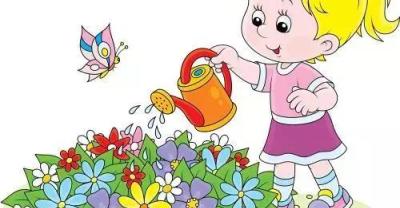
The benefits of growing flowers
1. The benefits of flower cultivation Flower is the essence of nature. With its gorgeous elegant demeanor, it decorates nature with extraordinary beauty and gives people the enjoyment of beauty. Grow flowers.
- Next
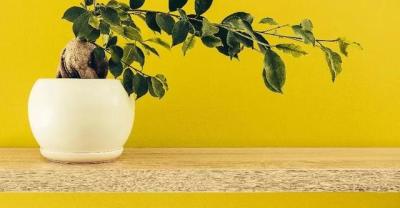
Matters needing attention in flower cultivation: the skills of flower cultivation and fertilization in nutritious soil, what to do if there is not enough light in flower cultivation?
Raising flowers is a hobby, just like keeping pets, people who raise flowers will take good care of flowers as their own children, water them when they are thirsty, fertilize when they are hungry, and do not.
Related
- What if the leaves of potted flowers turn yellow?
- Florescence Control of several Flowers
- Anti-freezing technology and post-freezing nursing technology of flowers
- What is the classification of flowers? What are the common methods of flower classification?
- Prevention and control of alkali and acid damage of flowers in courtyard
- Technology of Anti-freezing and restoring growth of Flower seedlings in greenhouse and greenhouse
- How does flower fertilization not hurt the root? Fertilization technology of flowers
- Key points of disinfection in flower greenhouse
- Several pesticides that are banned or used cautiously in flowers
- How to fertilize the flowers that watch the leaves?

